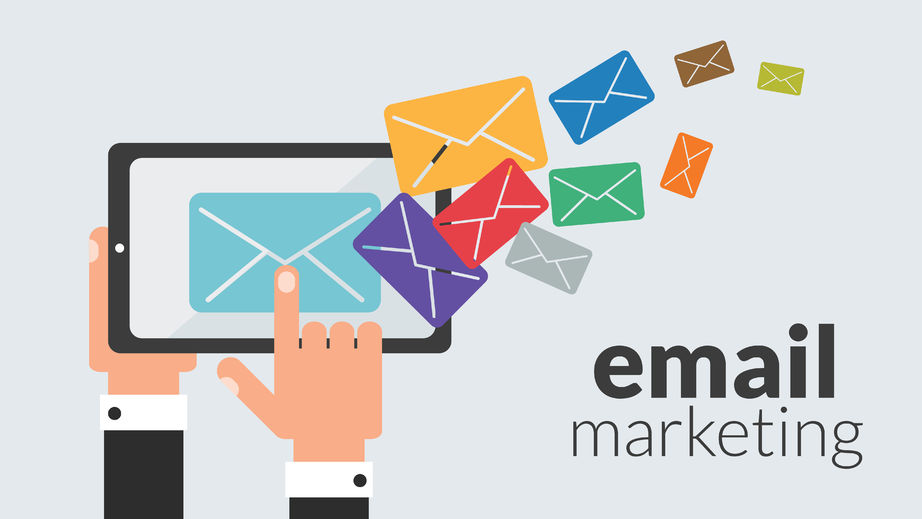I hate it when I open my email broadcast software and receive a message the thousands of subscribers to my listserve that took me a decade to assemble have to resubscribe before it will allow me to send out any more emails.
Commercial email broadcast services are an incredibly useful marketing tool, but they recognize their business models are in danger from spam, from inbox overload, from scams and from government regulation in response to the first three maladies. The result is they are putting up higher and higher bars to using their services.
Long gone are the days when (if ever) you could just import a giant list of email addresses into an email service and hit Send. If you’re large enough to own your own servers, you can build your own platform, but for most small to medium size businesses that’s not really an option so you’re going to have to rely on someone else’s servers and agree to their terms and conditions, the first being, “If you want to use our system, we don’t care if your product is going to revolutionize the world; you can’t just blast away to every email address that comes your way.”
You’re going to need to get familiar with the term “opt-in” because it’s the standard every service uses. What’s opt-in? It means someone has given you express permission to send them an email through the service. Most, if not all commercial email platforms can provide you with an opt-in form, and they will allow you to import your entire email file into their system for the express purpose of asking people if you can continue to send them emails (which sounds like it’s a script from a Seinfeld episode).
Because your recipients have to take an action to opt-in by clicking an “I Agree” button, you can expect roughly 1%-2% from your formerly robust email list to become your permanent subscribers. You can help your own cause by having a list of people who are already familiar with you, or with whom you’ve had previous email interaction. When I went through the process of reconfirming my list of contacts, nearly 40% opened my email, which is well over the normal 10%-15% open rate of a typical commercial email. Still, even though it was clear these people knew me, only 1.5% were willing to take the action I needed them to take: click a red button that said “OK.”
So, what do you do when initiating a partnership with a new commercial email service so you don’t lose all the subscribers it took you years to build?
- Create a compelling and pithy headline–It goes without saying, if they don’t open the email, they certainly won’t subscribe to your list.
- Build a landing page–Most commercial email platforms will give you some bland text in an even plainer background, but you don’t have to settle for it. Set up your own landing page. What’s that? A landing page is a standalone web page where a visitor “lands.” They are designed for one sole objective known as a Call To Action. You can design them with images and colors, in other words, eye candy to entice people to sign up for your services, promotions, content, etc.
- Clever and consistent copy— High-end industries like financial services, law firms, insurance companies and software companies will undoubtedly use their branding on a landing page, but their copy is going to be similar to their pitch: dry and respectable. This is why I don’t work for financial service firms, insurance companies or law firms. While I’m certainly an advocate of brand consistency in all forms of communication, if you are trying to entice people into doing something they probably don’t want to do, you need to have a hook, something short and pithy to get them to make an extra commitment to join your email list when their inbox is too crowded already.
Finally, if you’re fortunate enough to have a list of dedicated email followers, think of it like mold on things in your refrigerator. If you don’t clean out the dead and inactive emails from time to time, the entire list will be infected, and you’ll have to throw it out and start all over again.

